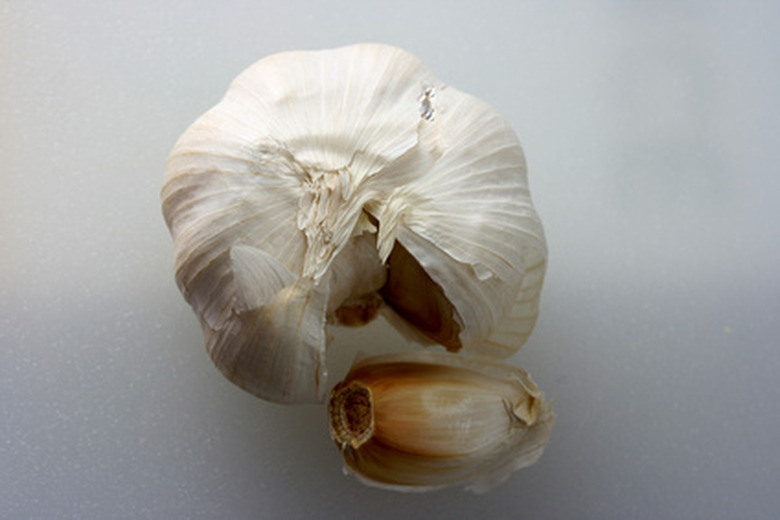Difference In Seeds And Bulbs
To the gardener at planting season, there is little difference between seeds and bulbs. From both, new plant growth arises, and both are handled similarly. From a botanical standpoint, however, seeds and bulbs are different structures, and although they overlap some in purpose, they serve the plant differently as well.
Life Cycle
All plants–even bulb plants–originate as seeds. The primary difference between seeds and bulbs lie in their role in the life cycle of the plant and their function. Plants produce seeds through sexual reproduction when a pollen grain containing sperm cells lands on the female structures of the flower and fertilizes the egg inside. Bulbs, on the other hand, form from asexual or vegetative reproduction when the plant cells divide and form a copy of the parent plant. Bulbs, then, are genetically identical to the parent plant, while seeds may contain genetic material from both a mother and father plant.
- To the gardener at planting season, there is little difference between seeds and bulbs.
- Bulbs, on the other hand, form from asexual or vegetative reproduction when the plant cells divide and form a copy of the parent plant.
Function
According to the University of Illinois Extension, "The definition of a bulb is any plant that stores its complete life cycle in an underground storage structure." Bulbs, therefore, act as containers for overwintering plants, providing nutrition and protection that allow the plant to survive until spring. Although seeds also serve a protective function and also contain a nutritive substance, the primary purpose of seeds is to germinate plants formed from the genetic material of two parent plants.
Identification
Although seeds take myriad forms–think of the difference, for example, between poppy seeds, coconuts and peach pits–they differ from bulbs in several appreciable ways. Prior to germination, an intact seed shows none of the structures found on the adult plant. In contrast, you can see clearly on a bulb where the roots and stem will develop.
Anatomy
Seeds consist of a hard seed coat that envelops the embryonic plant–consisting of primitive roots and leaves–and nutritive contents called endosperm. Bulbs also contain a sprouting plant but, instead of being encapsulated, they are wrapped in layers called scales that contain nutrition for the overwintering plant. Onion layers provide a familiar example of scales on a bulb plant. Bulbs also contain a basal plate where the roots develop and lateral bulblets, new bulbs generating from the parent plant.
- According to the University of Illinois Extension, "The definition of a bulb is any plant that stores its complete life cycle in an underground storage structure."
- Bulbs also contain a sprouting plant but, instead of being encapsulated, they are wrapped in layers called scales that contain nutrition for the overwintering plant.
Time Frame
A plant arises from seed only once in its life, but bulb plants generate from bulbs each spring. Seed plants may survive for mere days or weeks or may live for hundreds of years. Knowing that a plant grows from seed gives you no clues about its typical lifespan. Bulb plants, on the other hand, by definition are equipped to survive over the long term. Bulb plants are naturally perennial plants and, under proper growing conditions, will regrow annually in your garden for many years.
